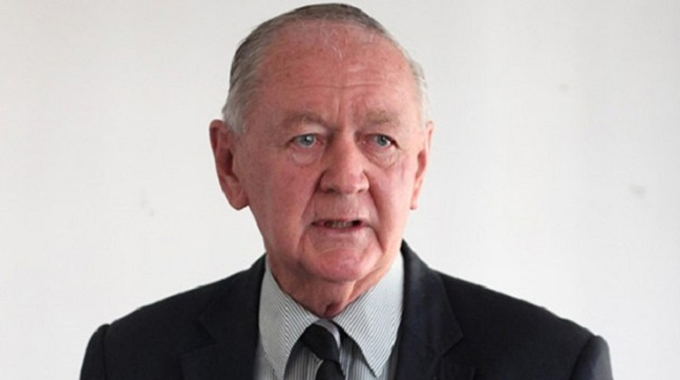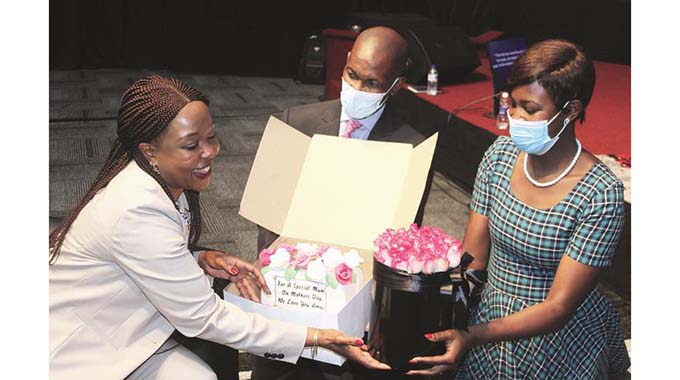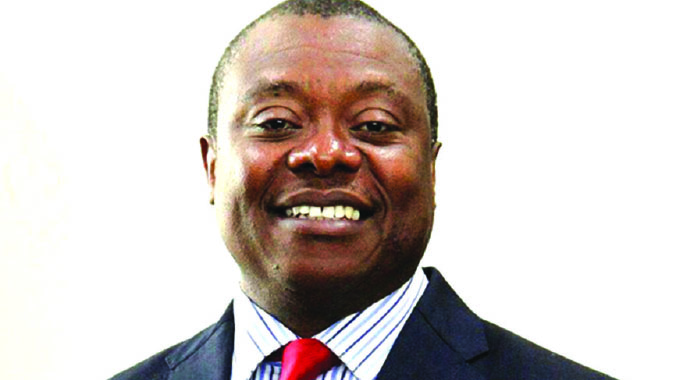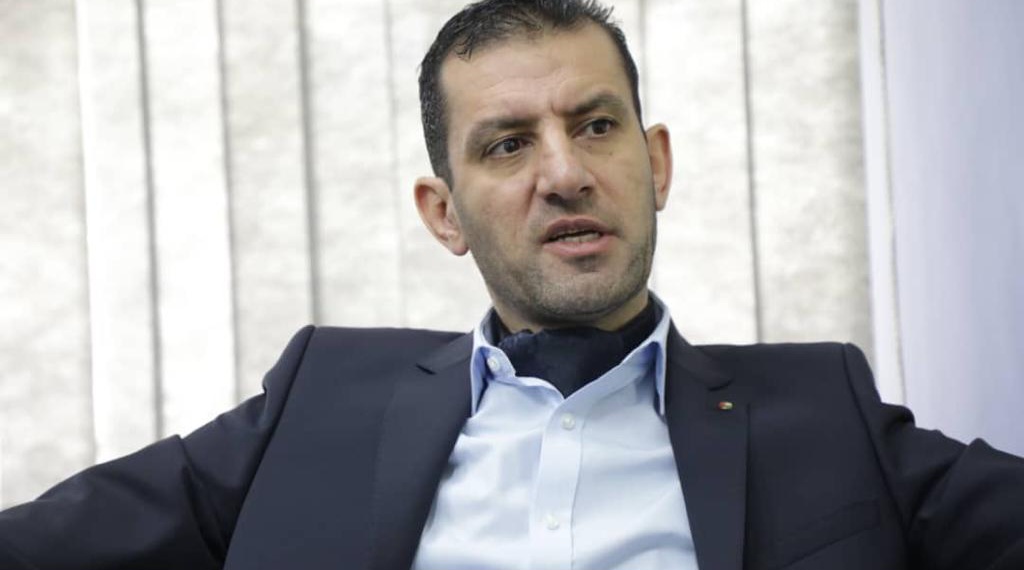Fight against inflation lauded

Africa Moyo-Deputy News Editor
A career critic of Zimbabwe’s economic management, Johns Hopkins University Applied Economics professor Steve Hanke, now reckons Zimbabwe’s year-on-year inflation is 147,91 percent as of May 5, significantly lower than the 191 percent pertaining early in April according to ZimStat.
In the last decade or so, Prof Hanke’s inflation statistics on Zimbabwe were used by Zimbabwe’s detractors to unfairly criticise the Government as they tended to be higher than the official figures.
ZimStat uses a large basket of goods and services, repriced each month by looking at what is being charged in the market, and then weighs each item to incorporate it into its monthly report of month-on-month and year-on-year inflation.
Prof Hanke is thought to use a formula that looks at transactions in both local currency and US dollars when making his calculations, while ZimStat uses purely Zimbabwe dollars.
But in a tacit admission that the Second Republic is working hard to transform the economy and subsequently the citizens’ lives, Prof Hanke recently tweeted: “Every day I publish Hanke’s #InflationSatellite. It’s an interactive map that contains my accurate, up-to-date #inflation measurements & black market (read: free market) data for 40+ countries. It is updated daily & currently contains data as of 5/8/21.”
Yesterday evening, Prof Hanke also dismissed inflation figures released by the Reserve Bank of Zimbabwe for April, which were pegged at 194 percent. Said Prof Hanke: “According to @HeraldZimbabwe, the Reserve Bank of Zimbabwe reported inflation in April 2021 to be 194%/yr. Nonsense. Close, but no prize. I accurately measure #Zimbabwe’s inflation every day. Today, Zimbabwe’s inflation is ranging at 155.0%/yr.”
Some economists, including Finance and Economic Development Minister Prof Mthuli Ncube, believe both figures as released by Prof Hanke and ZimStat are correct although they use different methodologies.
Prof Hanke is thought to be measuring blended inflation, which captures the use of the Zimbabwe dollar and US dollars in domestic transactions.
Prof Ncube is understood to have directed ZimStat to publish blended inflation too.
Prominent economist Mr Eddie Cross told The Herald yesterday that while Prof Hanke has put forward his views, the year-on-year figure “is of little significance as it includes the last of the inflation required to devalue the domestic currency last year”.
“Focus should be on the month-on-month figure, which is now below 2 percent and declining. The combined inflation rate is below 1 percent. We do not expect any resumption of inflation,” said Mr Cross.
What Mr Cross is referring to is the rapid rise in monthly inflation, and thus year-on-year inflation until July last year, just after the switch to the foreign currency auctions both stabilised the exchange rate and made adequate foreign currency available to priority importers.
Following a transitional month, August, the month-on-month inflation was then low from September. This is automatically reducing year-on-year rates as fewer high inflation months are included in the mix, and from August this year a far more accurate measure of year-on-year inflation will appear, although with average monthly rates still falling that new figure will be higher than what pertains on the ground.
In a recent interview with South Africa’s SABC, Mr Cross predicted that this year will see Zimbabwe registering considerable economic growth riding on the various measures put in place by Government including the forex auction system and deliberate efforts to support local production.
Another economist, Mr Persistence Gwanyanya, who sits on the Monetary Policy Committee, said: “Even the fiercest critic of Zimbabwe’s inflation figures, Steve Hanke, now seems more positive about progress on the inflation front.
“His inflation estimates are even lower than ours. Even Bloomberg recently reported positively about Zimbabwe’s progress in the inflation fight, which is a good thing. In line with the thrust to anchor inflation expectations, monetary authorities should beat the drums and shout about the success of their disinflation programme.
“Whilst prices of mainly agricultural commodities have dropped sharply recently, product prices are still to adjust as they normally do so with a lag. We should work hard on auction bottlenecks to sustain price falls and accelerate general inflation decline.”
Mr Gwanyanya said Zimbabwe was at a critical juncture as harvesting has started and tobacco foreign currency flows have begun to come in.
“However, unlike the general belief, impact of these will start to be realised from June going forward. RBZ is currently engaging support in its commitment to settle bids within 14 days of award and banks are cooperating. So we should see a significant improvement in auction payments in the weeks ahead,” he said.
He was referring to recent concerns by some importers that it was taking a bit too long for the currency they bought on an auction to be paid to their suppliers.
Economist and Zimbabwe National Chamber of Commerce chief executive Mr Takunda Mugaga said: “We don’t rely on Prof Hanke. ZimStat uses a methodology that is based on the United Nations agreed standards, which apply across the world.
“So ZimStat figures are credible and correct as compared to Prof Hanke’s. His model omits a number of variables.”







Comments